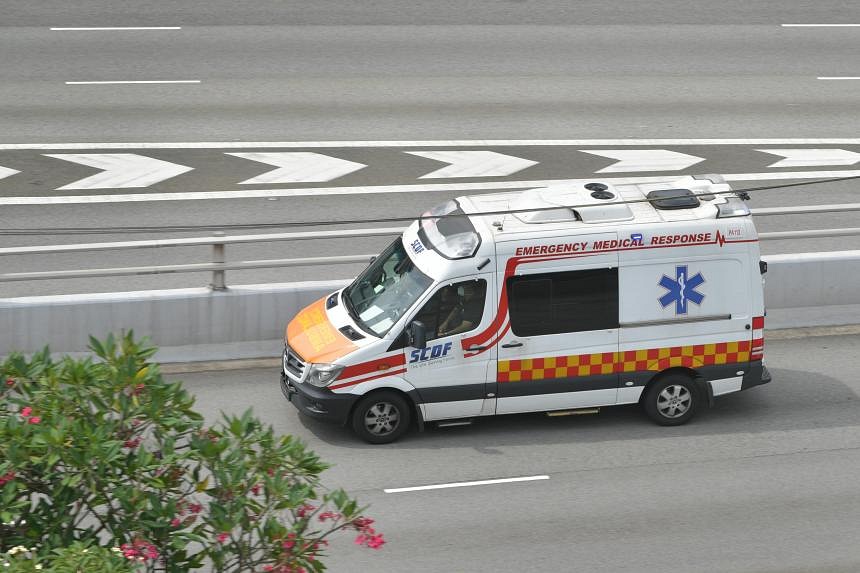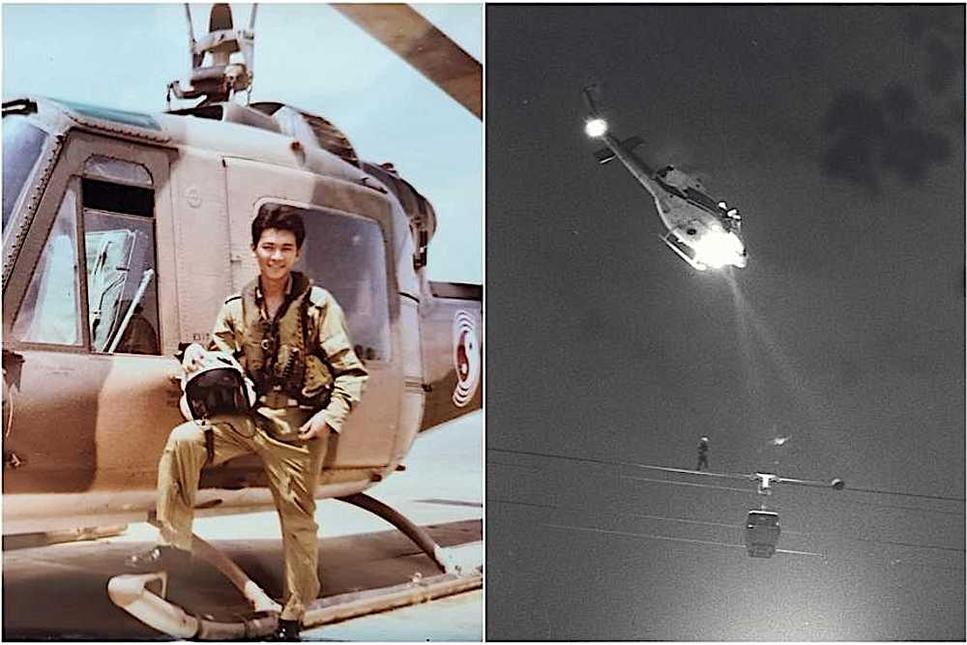Giving way to an ambulance using siren must always be a priority
Drivers here need a greater appreciation of the life and death stakes involved.

A letter in The Straits Times Forum page by 12-year-old Avishi Gurnani on Jan 9 raises a very pertinent question: Why do some vehicles here not give way to an ambulance that has lights on and siren wailing?
She was sharing a recent experience. The taxi she was in gave way to an ambulance immediately, but she noticed that several other vehicles did not.
Avishi said: “I believe most, if not all, Singaporeans are aware that lives are at stake when emergency services are required.
“This is especially so with stroke victims, who need to receive medical attention within a few minutes, or with fires when ambulances need to arrive at the scene to treat the injured.”
For stroke patients, every minute counts. Delays in treatment could result in permanent damage to their brain, which in turn could affect their speech, mobility and thought processes.
Even a young girl like Avishi knows this. So why do some drivers, who are adults, not do the right thing?
One could argue that the current fines are too low to deter them. But should one even require the threat of a penalty to save someone’s life just by giving way to an ambulance? Or are such drivers simply blind to the consequences of their actions?
Let’s address that first. It is a potentially lethal blind spot.
Every minute counts
A driver once told me he sees so many ambulances with blaring sirens on the roads that he no longer takes them seriously. He needs to realise that ambulances have their lights and sirens on only when the patient they are ferrying is an emergency case who probably requires immediate specialist attention.
And if we do hear ambulance sirens frequently, it is because the Singapore Civil Defence Force ambulances alone carry about 200,000 emergency cases a year. For some, such as those who have fractures, a delay may merely prolong their pain. But for the 20,000 people here each year who suffer a stroke or heart attack, it could mean the difference between life and death – or in the quality of their life, if they survive.
Dr Ang Hou, who heads the Emergency Department at Tan Tock Seng Hospital, said: “For collapsed patients whose heart has stopped, it becomes even more crucial to intervene as soon as possible. Chances of survival drop an estimated 10 per cent with every minute when cardiopulmonary resuscitation is not done. Delays in advanced intervention in a hospital mean a higher likelihood of non-survival or survival with a poor neurological outcome.”
Dr Liu Hui Ling, an emergency medicine specialist at Khoo Teck Puat Hospital, said: “Time is brain; time is heart. Without treatment, every minute that passes can lead to greater irreversible brain and heart tissue damage.”
She added that for stroke patients, a delay in giving medication could increase the risk of complications such as life-threatening bleeding; while for heart patients, every 15-minute delay in unblocking the blood vessel supplying the heart increases the risk of death.
Her colleague, Dr Malcolm Ong, said that for someone who has suffered a heart attack, “irreversible brain damage can occur after four to six minutes of impaired blood flow to the brain”.
Other patients for whom every minute counts include victims of major accidents, someone suffering from profuse gastrointestinal bleeding, and even patients whose blood pressure has plummeted.
And yet, many drivers – either out of ignorance or sheer callousness – overlook the harm they can cause patients by obstructing ambulances. Some even use ambulance sirens to speed up their own journeys. In doing so, they fall foul of the law.
Are the penalties too light?

In 2019, the fines for obstructing emergency vehicles were raised from $130 to $150 for light vehicles and from $160 to $200 for heavy vehicles. Drivers also get four demerit points. If there are aggravating factors, the offender can be fined up to $1,000, jailed for up to three months, or both.
Honestly, given that people’s lives are at stake, the penalty seems rather low, which may be one reason the problem persists.
The law states that traffic must always give way to emergency vehicles when their sirens are on – not just ambulances but also fire engines and police vehicles, whose sirens are allowed only when there is an emergency.
Most drivers do give way to ambulances. But some tend to be slow in doing so. These drivers wait till the ambulance is almost tail-gating their vehicle before moving to the left lane, as they take advantage of the clear lane ahead that other vehicles have vacated to allow the ambulance to pass.
Sometimes, drivers on the left lane make it difficult for other vehicles to filter in, again delaying the clearance of the lane where an ambulance is rushing a patient to hospital.
There is probably no penalty for doing that since these drivers are not directly in front of the ambulance. But it does add to the time it takes to get a critically ill patient to a hospital.
But should our behaviour on the road be dictated only by the penalties we potentially face?
Etiquette and empathy
A colleague told me how he had noticed very different etiquette when he was driving in Germany. There, cars slowed down and pulled aside long before the ambulance arrived, allowing the ambulance to speed all the way to the hospital.
I remember driving in Kuala Lumpur, where vehicles pulled onto the kerbside to allow an ambulance to speed by. I was shocked. I used to think Malaysian drivers were aggressive. That incident showed me that yes, they may be aggressive in cutting into lanes to be just that much faster – but when it comes to people’s lives, they know to give way.
What happened in Germany and Malaysia likely stems from a mindset that empathises with the patient being rushed to hospital, about putting the urgent needs of others above your own trivial convenience. Laws alone cannot dictate that.
As Dr Ang said: “With every minute that passes after a heart attack or stroke, more heart muscle or brain tissue will die.”
Remember that the next time you see an ambulance with lights on and siren blaring.
Imagine being in the shoes of someone who hears a doctor saying their loved ones could still be alive if only they had reached the hospital just minutes earlier.
Join ST's Telegram channel and get the latest breaking news delivered to you.










No comments:
Post a Comment